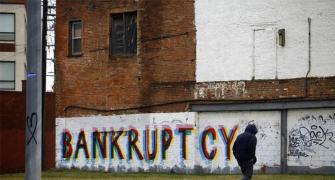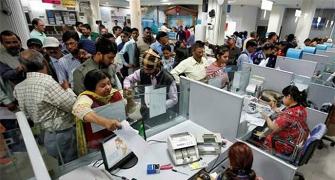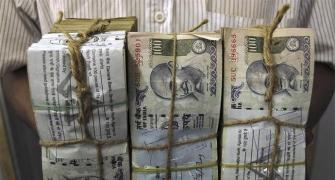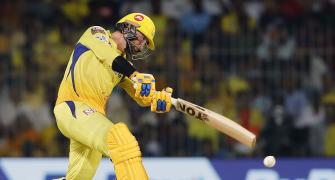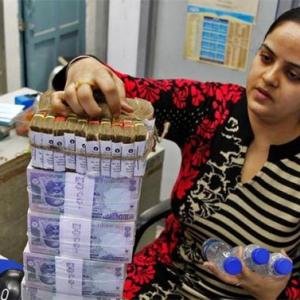Since the inception of the code, the threat of insolvency has brought many debtors in line
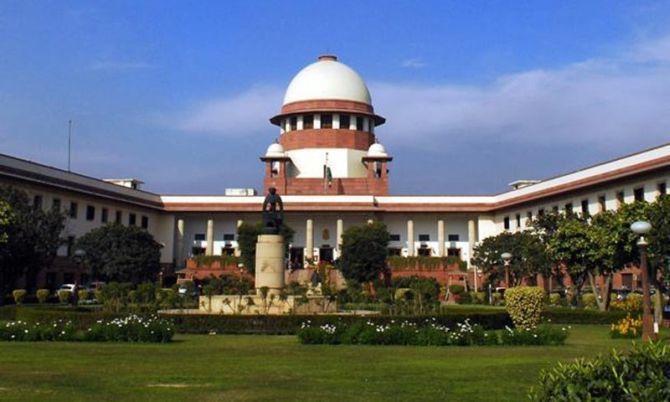
The recent Supreme Court order allowing a settlement between parties even after initiation of insolvency proceedings has given new food for thought to bankers, debtors and professionals in this segment.
The move, say some, could give an undue edge to some creditors over others to negotiate a better deal for themselves. Some others see it as needed relief.
The apex court’s recent decision came in a case - Nisus Finance and Investment Manager vs Lokhandwala Kataria Construction - after a settlement deal between creditor and debtor.
The Mumbai bench of the National Company Law Tribunal (NCLT) had admitted a petition of Nisus Finance to initiate insolvency proceedings against Lokhandwala Construction.
Later, however, both parties approached the National Company Law Appellate Tribunal (NCLAT), appealing for withdrawal of the case.
The NCLAT in a July 13 ruling had said a case could be withdrawn only before initiation of insolvency proceedings, not after.
Legal experts are divided over the impact of the apex court ruling on the nascent insolvency process. Some say it will give needed room for consenting parties to settle a dispute mutually.
Others say this could encourage creditors to file for an insolvency order on their debtors, to gain a better bargaining position.
An Insolvency Professional (IP) says if this happens in many cases, only the creditor who files the insolvency application will benefit.
“What will happen to the dues of the remaining creditors? Each one will have to file separate insolvency petitions,” the IP added.
Another IP notes the Insolvency and Bankruptcy Code (IBC, it took effect last year) was designed not as a debt recovery tool but a revival mechanism for stressed assets.
This is not the first time since the Code’s inception that an insolvency order threat has brought a debtor to settle. An expert on the subject narrated an incident where the corporate debtor agreed to pay his dues the moment the creditor planned to file.
There was also the case of Inox Wind, where the company went for an out-of-court settlement.
The matter is currently with NCLAT. Formally, the IBC does not allow parties to withdraw applications after a case has been admitted by NCLT.
Rakesh Nangia, managing partner, Nangia & Co, says the SC order “is limited to a withdrawal where both parties mutually agree, post admission in NCLT, and does not in any way shackle the Code”.
According to Pratik Datta, a researcher with Delhi-based National Institute of Public Finance and Policy (NIPFP), the SC upheld the position of law as enunciated by NCLAT.
“Rule 8 of the Insolvency & Bankruptcy (Application to Adjudicating Authority) Rules, 2016, continue to apply to all pending cases.
In other words, an application for corporate insolvency resolution cannot be withdrawn under any circumstances once NCLT has admitted such an application,” says Datta.
Nangia says the decision will give needed relief to parties agreeing to settle their dispute mutually. Datta says it might be useful against some recalcitrant debtors but also creates additional work for NCLT.
“Given the growing pressure on NCLT and NCLAT, policymakers need to reconsider if this is the best use of tribunal members’ valuable time,” he adds.


